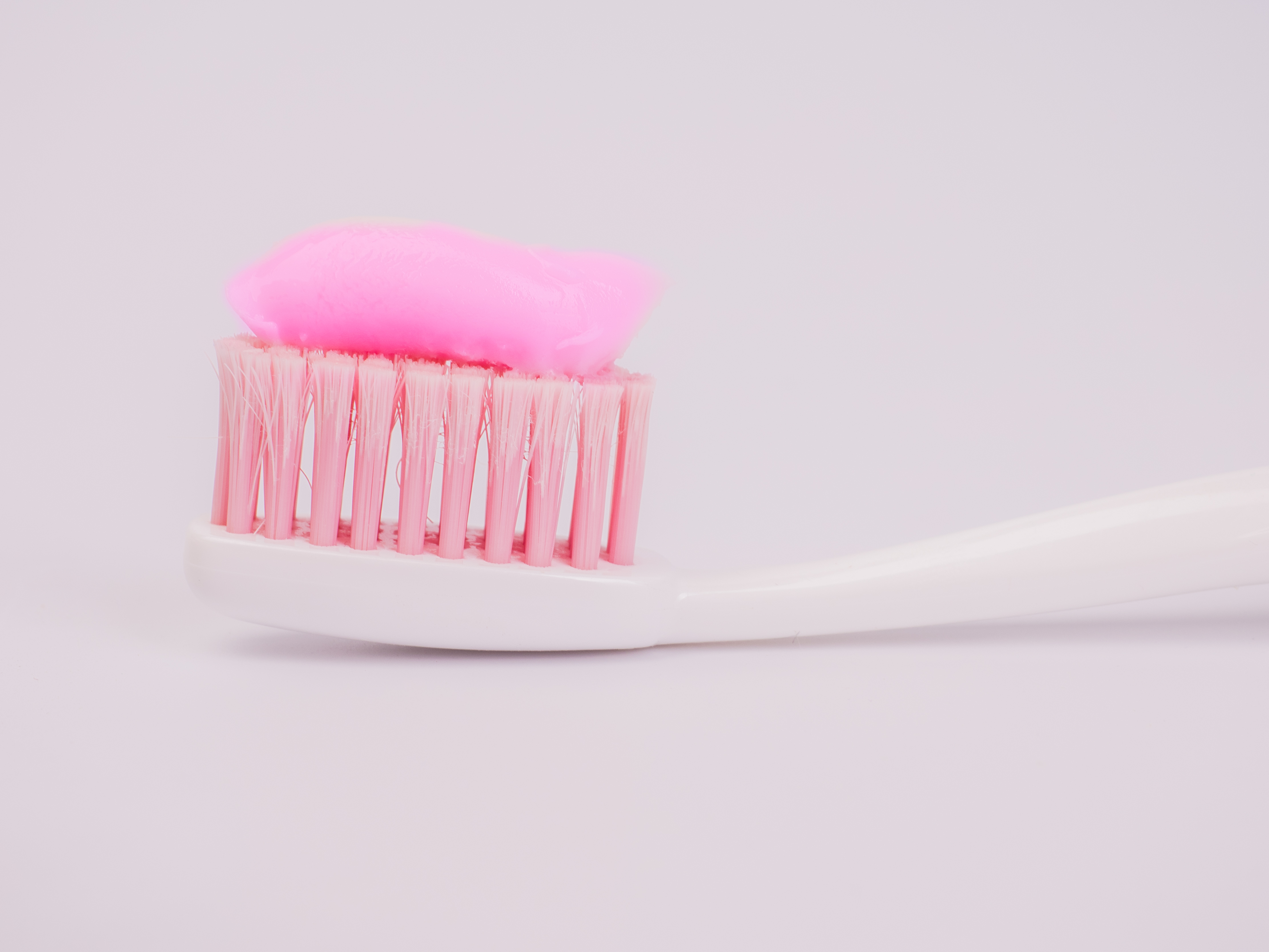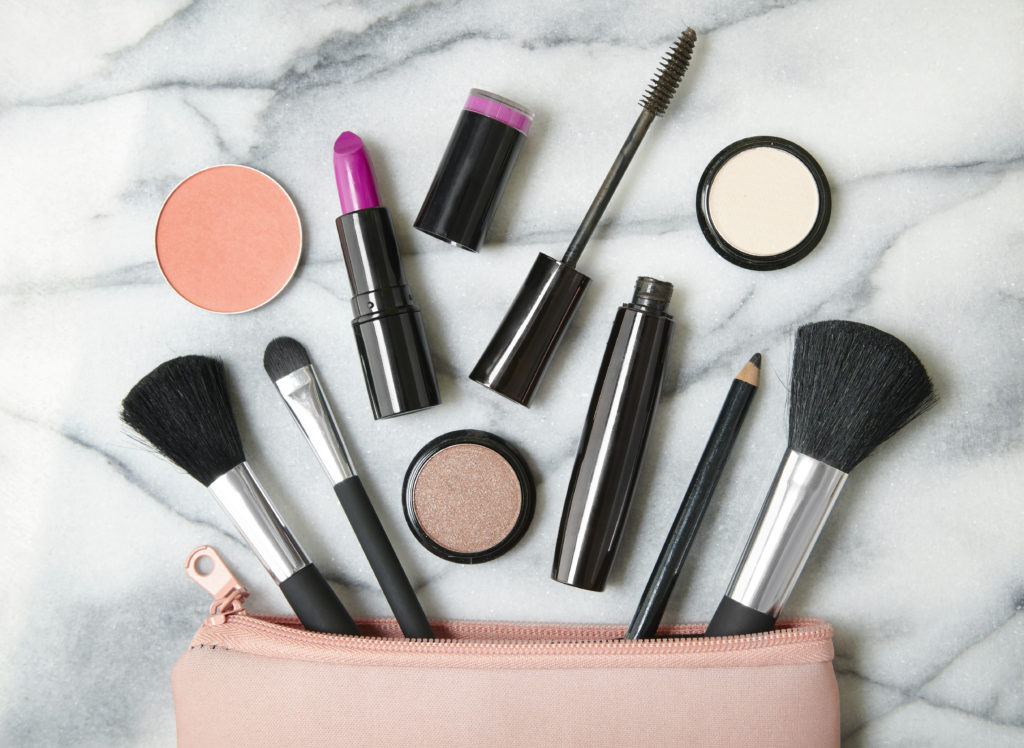Before we all got a bit more sophisticated with our skincare, there’s a good chance you tried the old toothpaste trick. You spot a zit, dab on your minty fresh toothpaste, and hope for the best. Maybe it worked, maybe it didn’t, but either way skin experts are suggesting that we leave that bad habit behind us. Turns out, toothpaste belongs on your teeth, not your acne. Here’s why.
Triclosan in toothpaste
Back in the day, toothpaste may have been a trusty and inexpensive zit treatment. That’s because it used to contain an ingredient called, triclosan. What is triclosan?
It’s an antibacterial and antimicrobial compound, and because of these properties, it could stop a zit in it’s tracks.
But the “only” problem with triclosan is that it’s actually a very harmful compound that can interfere with thyroid function. In fact, triclosan is thought to be an endocrine disruptor, and can even encourage the growth of super bugs, or antibiotic-resistant infections.
Luckily, the FDA caught on, and triclosan is no longer a common ingredient in personal care products. And for this reason, toothpaste might not kill your acne the way it used to.
Toothpaste is too harsh for skin
While toothpaste might have some effect even without triclosan, it’s still not a good idea to use it.
That’s because, according to Joshua Zeichner, MD, toothpaste formulas are designed for your teeth and they can be harsh on your skin.
So, even if toothpaste kills a zit, it can also dry and irritate skin, leaving you with more acne and skin problems than you originally started out with.




